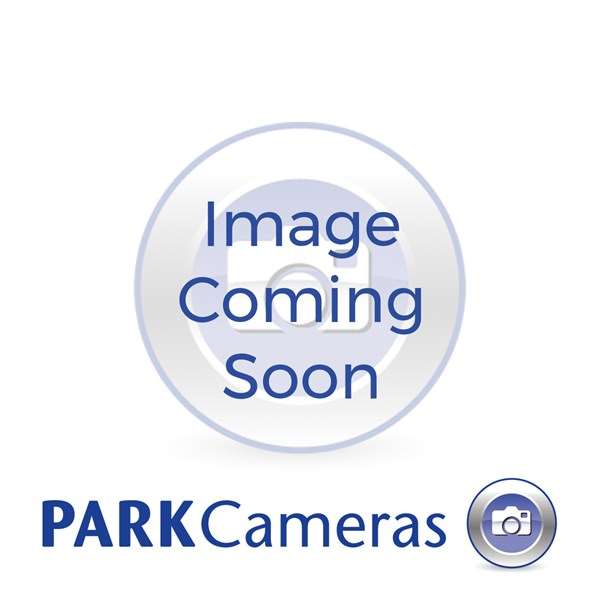- Call us: 01444 237070
- Contact Us
- Stores
- Sign In / Register
-
- Back
- Used Cameras
- Used Accessories
- Used Lenses
- Used Video
- Used Film Equipment
- Used Stock Alert
- Used Blank Test
- Sell or Part Exchange
- Used Clearance
- Recently Added Used Equipment
- Park Picks
- All Used Black Friday Deals
- Faulty
- Trade-In
- Blog
- New in
- Call us
- Contact us
- Stores
- Sign in
- Categories
- Tips & Inspiration
- Reviews
- News
- Events
- Features
- Buying Guides
- Competitions
Canon 80D Best Used DSLR for Beginners
When you’re starting out in photography you don’t necessarily want all of the latest technology and features found in a new camera, which are more suited to advanced enthusiast or professional photographers. You do however want something which is capable enough to develop your skills, perhaps start making movies and explore photography without breaking the bank. This is when many newcomers may consider whether to buy a used camera in order to save some money, yet still get a good quality used camera, which ticks all of the boxes.
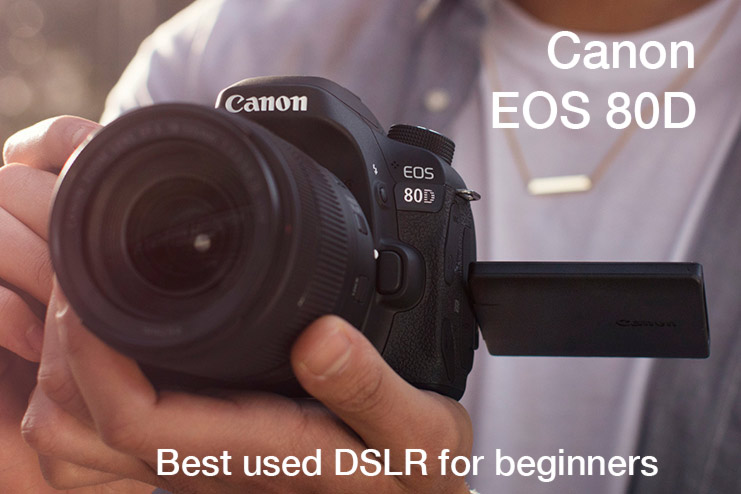
In this guide we explore whether the Canon EOS 80D is the best used DSLR for beginners. You’ll discover which features are useful for those just starting out, whether this mid-range DSLR is user-friendly and ultimately whether it will take your photography skills to the next level.
How much is a used Canon EOS 80D?
When you’re on a budget, the first thing you’ll want to know is the used Canon EOS 80D price. When it came out in 2016 the RRP was £999.00, which placed it as a mid-level enthusiast camera, falling between beginner and pro models of the day. Today, you can pick up a used Canon EOS 80D from £500.00 to £600.00, when buying from a reputable second-hand camera dealer.
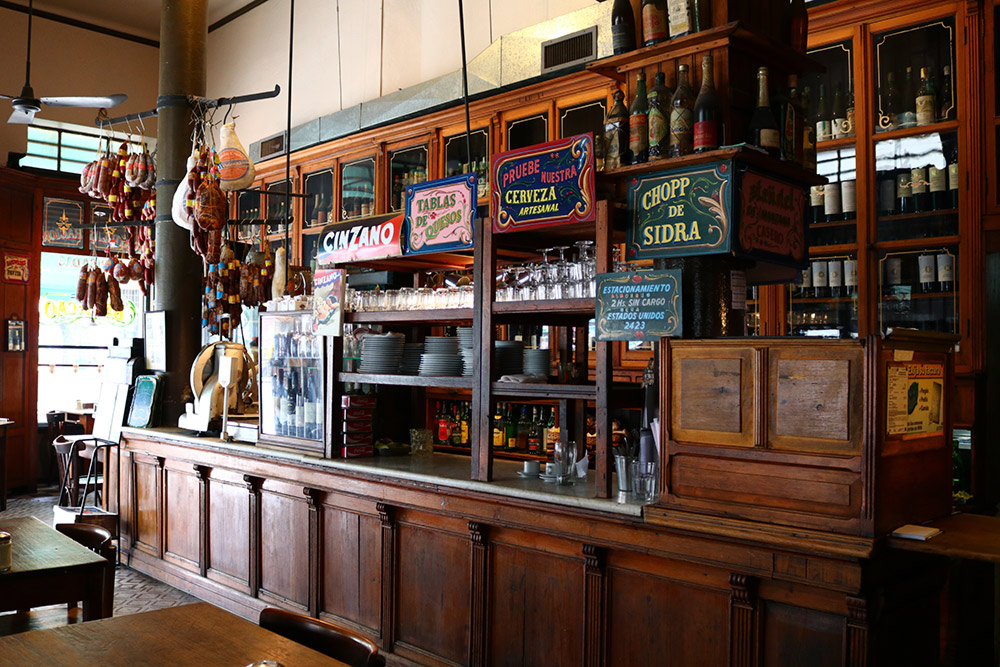
Sample photo 1 - EOS 80D Body with the Canon 18-55mm F/3.5-5.6 II EF Mount Lens at 21mm. Camera settings: 1/40 sec. f/3.5. ISO 640
We recommend shopping with a dealer, particularly when buying used equipment as you’ll get an accurate description of the condition as well as a warranty, which protects you if anything does go wrong. You’re unlikely to get a warranty when buying on a marketplace from an individual, which isn’t ideal if you’re a beginner and not sure how to buy a used camera.
What features does the 80D offer beginners?
The most noteworthy feature the 80D offers beginners is great image quality which the EOS 80D’s sensor is capable of capturing. It boasts a 24 megapixel APS-C CMOS sensor, which is still current today and one of Canon’s highest resolutions in a crop format DSLR. The camera resolves detail well and any DSLR lenses you buy (whether you go for new or used Canon lenses), will be smaller and lighter than full-frame equivalent models. You’ll benefit from a 1.6x crop factor so any subject will appear closer, which is ideal for more distant subjects, including sports, action or wildlife.
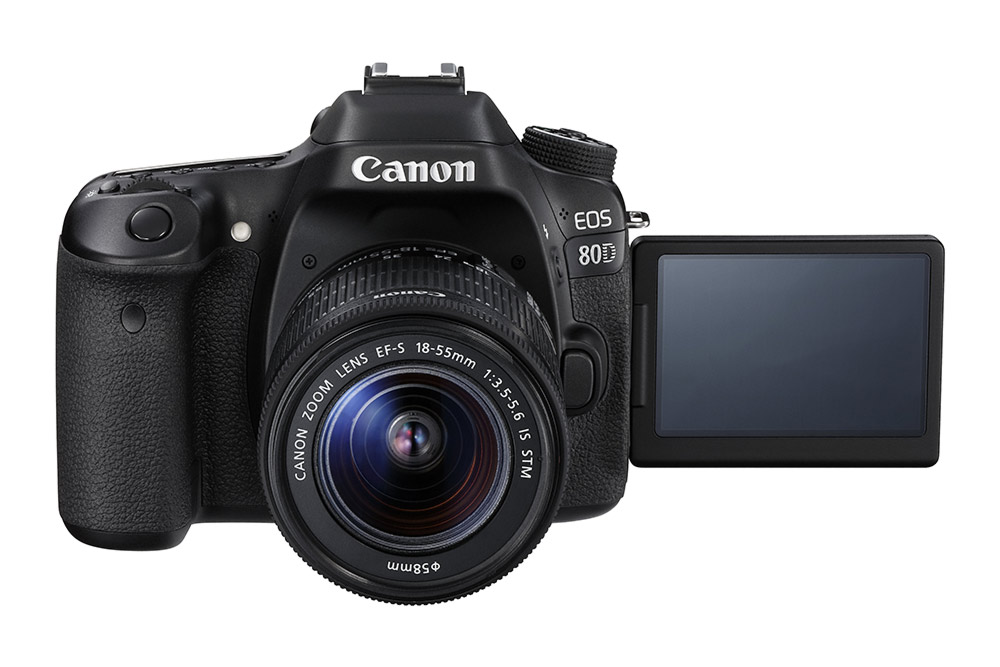
The EOS 80D has a very user-friendly design, with a large ergonomic grip that's easy to handhold. The camera body itself is mid-sized weighing 730g, which means it’s not too heavy, nor super compact and lightweight, which puts some users off mirrorless cameras. Together with an easy-to-hold grip, the camera provides intuitive settings adjustment, using two control dials. These are perfectly placed for adjusting settings on the fly, which you’ll learn to master once you head out and practice photography.
The focusing system harnesses Canon’s legendary Dual-Pixel CMOS AF, which was refined in this model to acquire and track subjects better than with previous versions. This is a great advantage to have when shooting subjects that move around the frame or where focus is critical with portraits for example.
Battery life is another strong-point with the 80D capable of capturing around 960 shots on a single charge. You can also buy cost-effective replacement batteries, such as the Ansmann Li-Ion Canon LP-E6 or Hahnel HL-E6 for under £35, so you can pack a couple of spares wherever you go.
The fully articulating LCD screen is extremely useful whether you shoot stills, videos or want to learn how to master both. The screen not only allows you to capture selfies and vlogs, but makes it far easier to shoot from unique high or low down angles, which is a great way to learn about composition. The LCD is great quality too, with 1,040,000 dots, touchscreen control and of course it flips out, perfect for shooting Full HD 1080/60p movies.
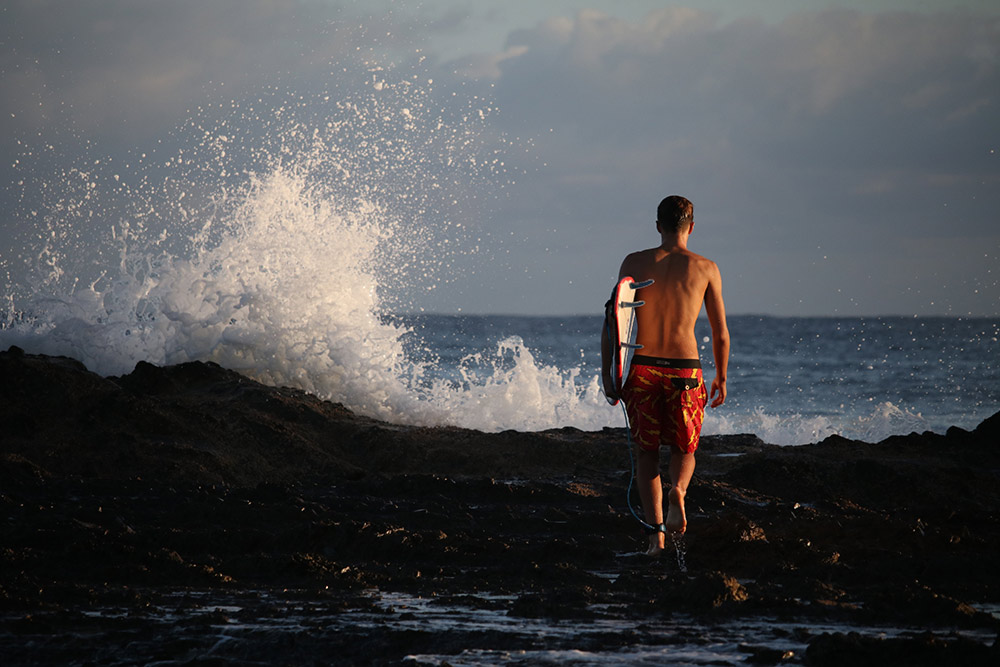
Sample photo 2 - EOS 80D Body with the Canon EF-S 55-250mm F/4-5.6 IS STM at 169mm. Camera settings: 1/2000 sec. f/5.6. ISO 400
This brings us on to some of the features which the camera doesn’t offer, which are worth noting for anyone considering this as their first used DSLR.
What the EOS 80D doesn’t include
Whilst the 80D captures excellent quality Full HD at up to 60fps, it won’t record 4K movies, which is fairly standard with many new digital cameras. This isn’t necessarily a negative, as editing 4K needs a powerful computer and takes a lot longer, but it is worth noting.
The 80D comes with WiFi however there’s no built-in Bluetooth, although you can still control the camera with an Android app using NFC connection.
As an enthusiast level camera the shutter count is rated at 100,000 actuations, which is more than enough for the majority of users to enjoy for many years. When you’re shopping for a used 80D you should find the shutter count listed, which will influence the price of the camera body. The lower the count, the longer it should last without any mechanical shutter mechanism problems.
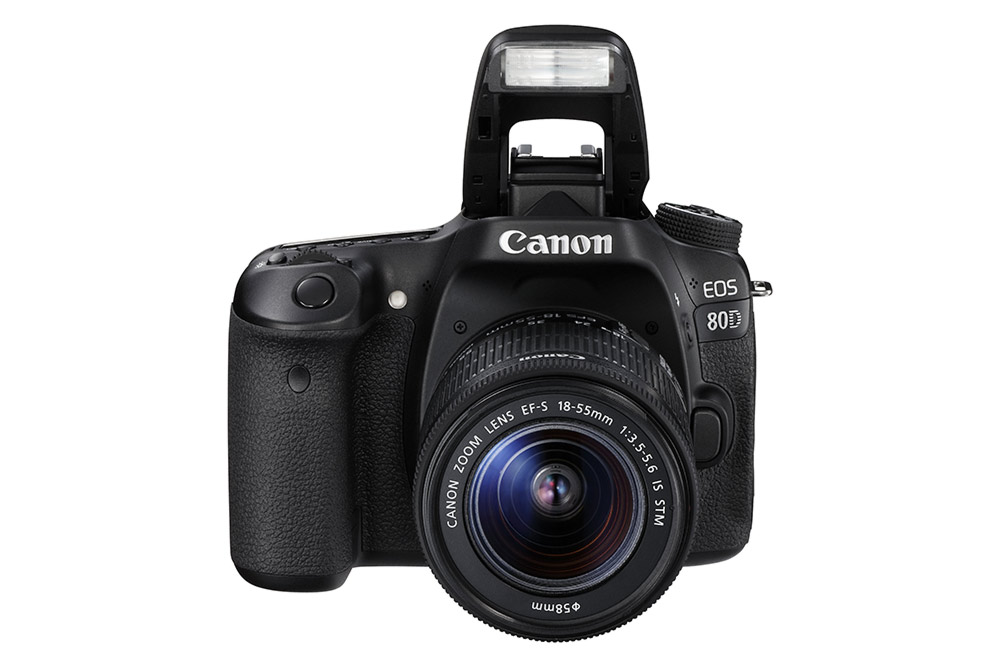
The best accessories for the Canon EOS 80D
Aside from a spare battery or two, an SD memory card is essential to record data. The 80D has one card slot, but we always recommend carrying at least two memory cards in case one becomes full up and you have to end your shoot early. With a photo burst rate of 7fps and Full HD video you can pick a cost-effective UHS-I card, rather than expensive UHS-II. The Lexar 64GB SD UHS-I 633x Pro 95MB/S is more than up to the task and costs just £20.
To artificially light your subject the Canon Speedlite EL-100 Flash works perfectly with the 80D. Using flash is fun and provides a great way to learn how light effects an image.
For just £16 you can trigger your camera remotely using the Canon Remote RC-6. If you ever shoot landscapes, architecture or interiors a remote is ideal when the camera is mounted on a tripod. It’s also a good option when you want a shot with yourself in the frame, whether on an epic mountainside or in a group with family and friends.
It’s important to have great audio quality when making videos, which is precisely what the Stereo Microphone DM-E100 delivers. This compact mic only weighs 64g so it’s light enough to bring literally anywhere for when inspiration strikes.
All of the accessories we’ve recommended here are new, however you can also find plenty of used camera accessories as they become available, which also benefit from a six-month warranty as standard.
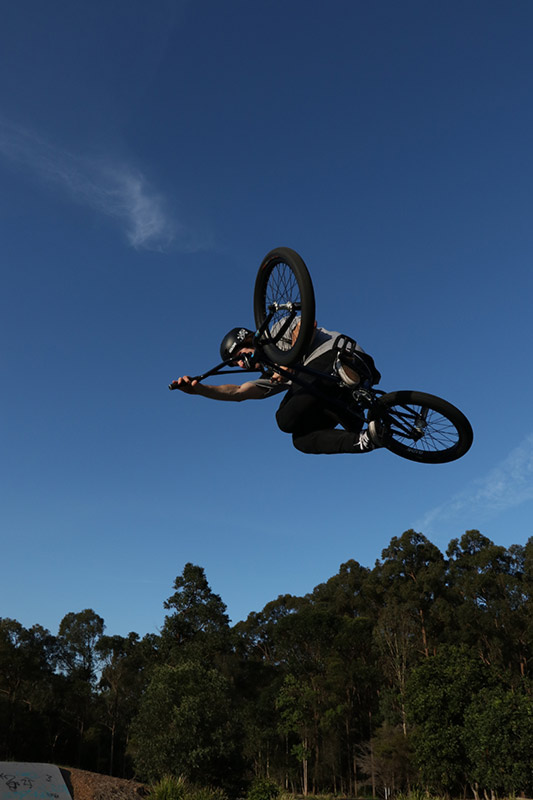
Sample photo 3 - EOS 80D Body with the Canon 18-135mm F/3.5-5.6 IS USM lens at 18mm. Camera settings: 1/1300 sec. f/9. ISO 400
The best lenses for the EOS 80D
Picking the right lens for your 80D depends on which subjects you want to capture. Most photographers will end up getting two or three lenses to capture various subjects, and we’ve narrowed the choice down to three of the best lenses for beginners using the EOS 80D:
- Canon EF-S 24mm F/2.8 STM (£169 new price) is an ultra compact pancake style lens, which delivers brilliant images at a very natural equivalent focal width of 38mm (full-frame format). This is ideal for virtually any closer subjects from portraits and street photography to travel and videography.
- Canon EF-S 10-18mm F/4.5-5.6 IS STM (£259 new price) is perfect for landscapes, interiors and architecture. It is also ideal for other subjects where you want to shoot handheld, which it does with ease thanks to built-in stabilisation.
- Canon EF-S 55-250mm F/4-5.6 IS STM (£299 new price) is the lens to choose for more distant subjects, from portraits and sports, to action and wildlife. It has an incredible 90-400mm equivalent zoom range, built-in stabilisation and delivers brilliant results thanks to including special glass elements.
Canon’s affordable 80D DSLR is widely recognised as being one of the most capable all-round APS-C format cameras for beginner and enthusiast photographers. It captures great photo quality and offers intuitive ergonomics in a relatively compact package. While it does record HD movies to help beginners get started with moviemaking, where it really excels is for photography.
There’s a huge ecosystem of new and used accessories, lenses and of course the camera itself is a great deal when found second-hand with a warranty.
Find your perfect used Canon EOS 80D today and prepare to head out and master photography.
Share this post:
By Nick Dautlich on 29/07/2022
Nick Dautlich
Senior Content Writer and Product Reviewer
Nick Dautlich is the Senior Content Writer and Product Reviewer at Park Cameras, with over 15 years of photography experience. A Sony Imaging Professional and expert reviewer, Nick has worked with major brands such as Canon, Sony and Nikon. His work is also featured on Vanguard World UK’s website, Capture Landscapes, and Shutter Evolve. Nick’s photography includes National Trust projects and magazine covers and he is passionate about landscapes and storytelling. Nick also enjoys hiking and teaching his children about nature. Learn more on his profile page.

Trade in your old equipment
Fast and easy trade in service ensures your old gear is collected efficiently and you are paid quickly! It's very simple to trade in your unwanted photography gear. Just head over to our dedicated Sell or Part Exchange page, fill out the details, and we'll get back to you with an offer for your old gear. Take the cash, or put it towards the cost of your new gear. It's up to you! Find out more
sign up to the newsletter
Keep up to date on the latest photography news, events and offers. Sign up now
